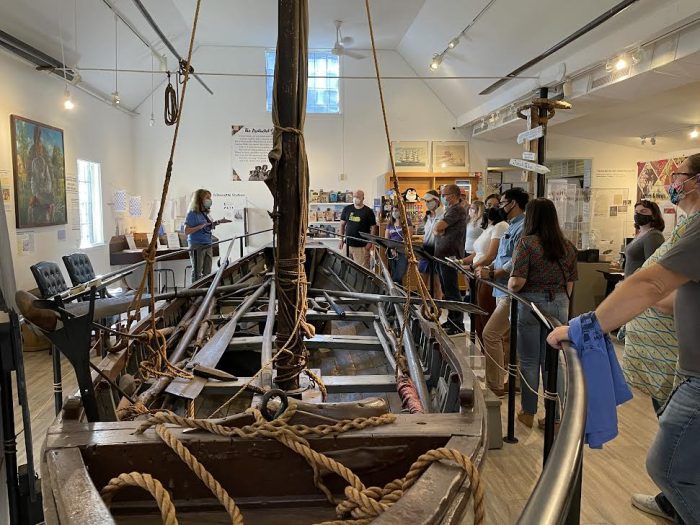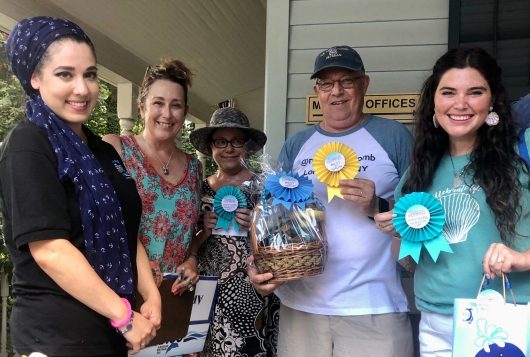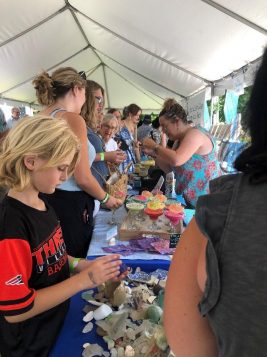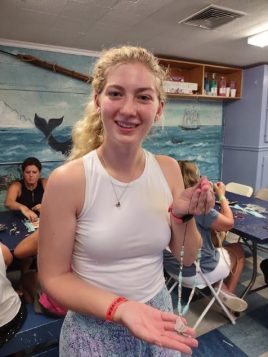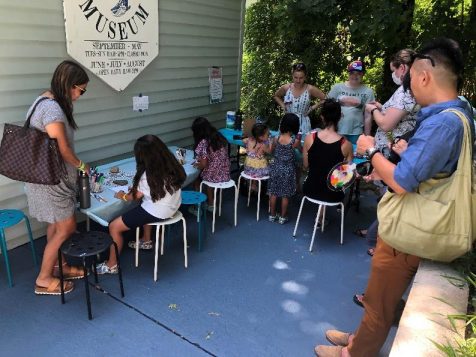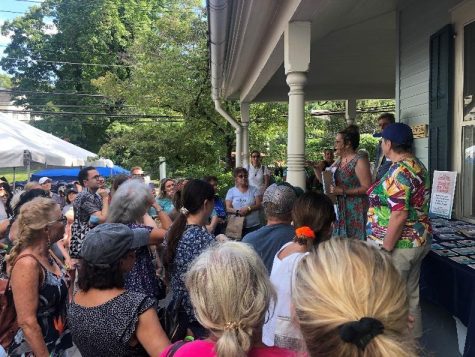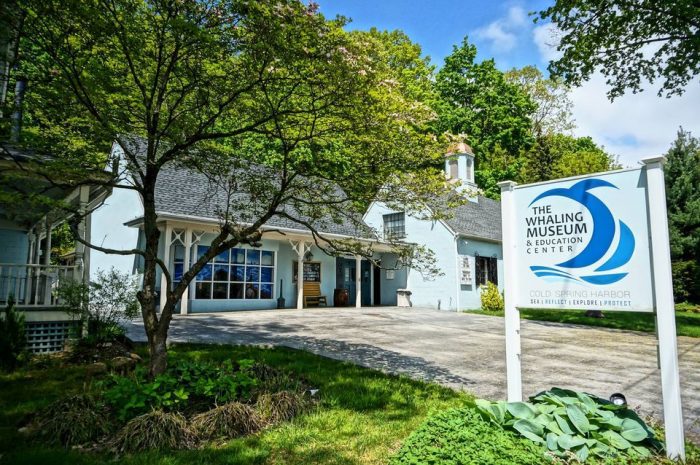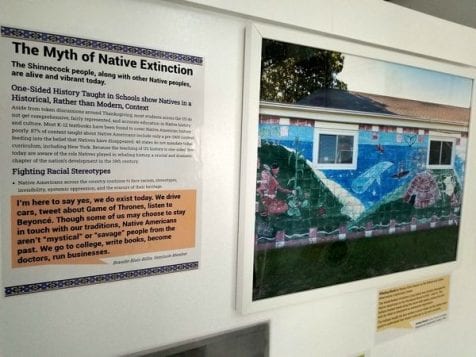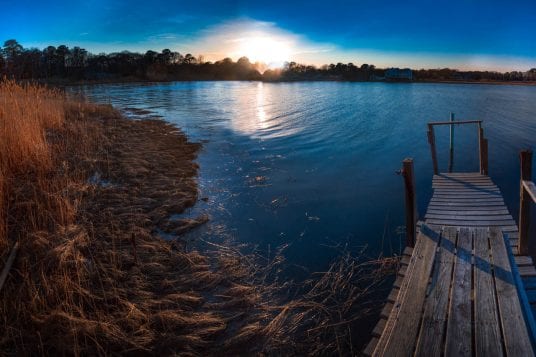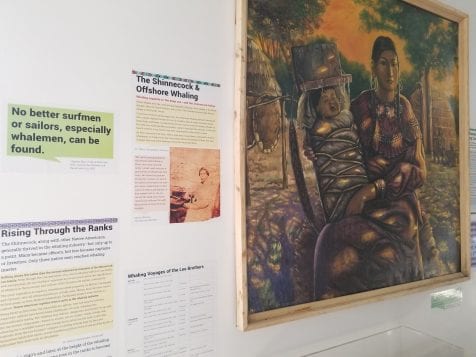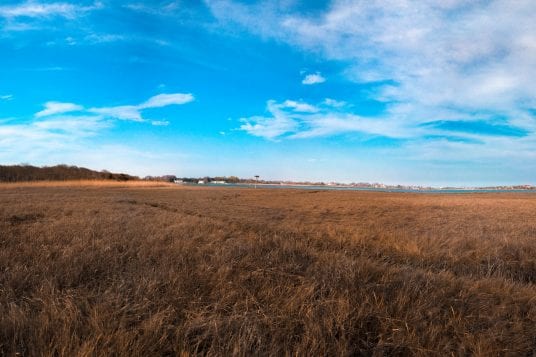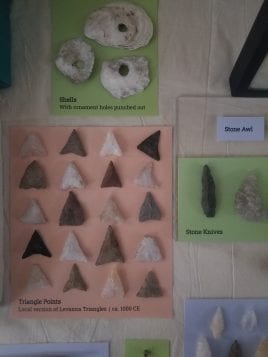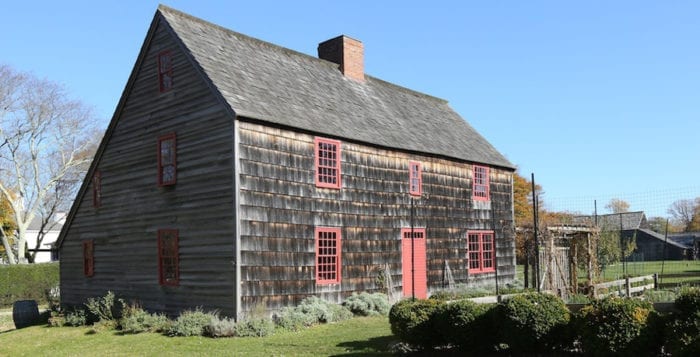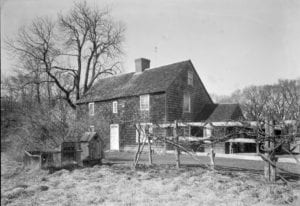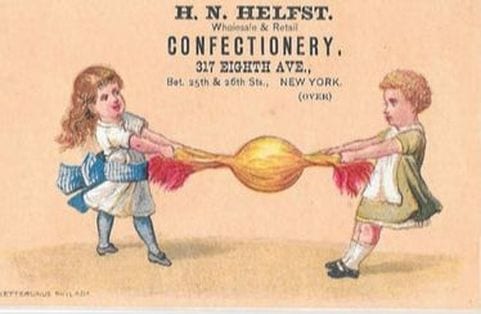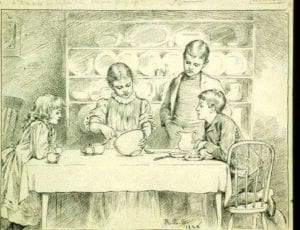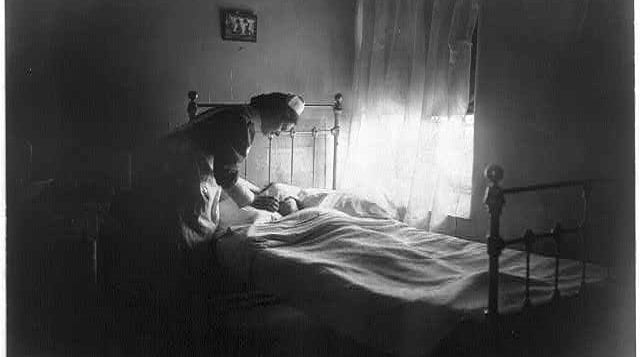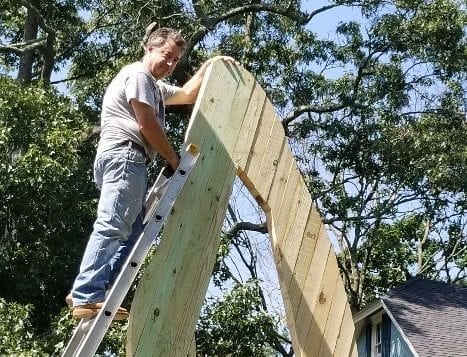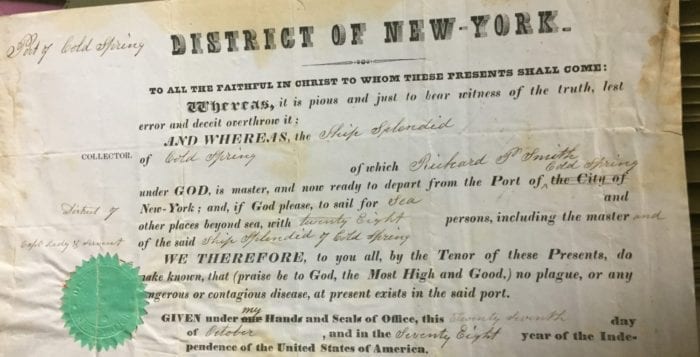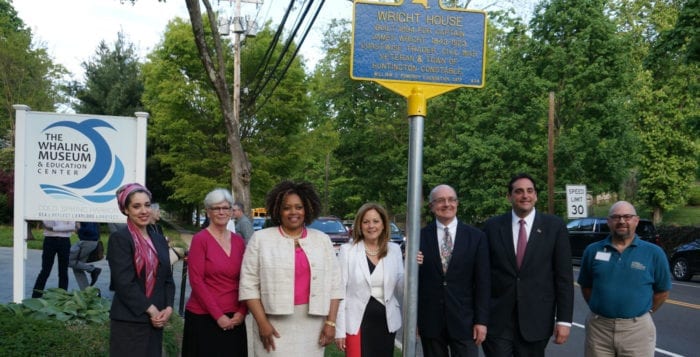An insight into Long Island’s nautical past
By Tara Mae
It’s a whale of a tale! Beginning in November, The Whaling Museum and Education Center of Cold Spring Harbor will host new monthly Whale Boat Chats chronicling the history of whaling on Long Island.
Generally 20 to 30 minutes long, the interactive discussions are metaphorically and physically centered around a historic 19th century whale boat. Led by Admissions Associate Gerard Crosson, the talks are guided by question and answer segments and incorporate whaling artifacts for the public to see and touch such as a 19th century iron harpoon, scrimshaw, and blubber encased in a jar.
“We are excited to offer this new opportunity to engage with the museum’s exhibits! Visitors will learn the significance of this whaleboat and how it is tied to our local maritime history. We invite the community to come, stand around the boat and imagine what it was like to be out at sea chasing a creature larger than the boat you’re chasing it in,” said Assistant Director of The Whaling Museum Gina Van Bell.
The program was formed around the whaleboat, the foundational item of the museum’s permanent collection. It belonged to the 19th century New Bedford whaling ship Daisy, which during its long career sailed from many ports and harbors, including that of Setauket in 1872.
Like many whaling ships, Daisy’s use was multi-faceted: after many Yankee whaling trips and at least one international journey, it was repurposed as a cargo ship during World War I and sank circa 1914.
American use of whaling ships during warfare dates back to at least the Revolutionary War, when they surreptitiously sailed between Patriot controlled Connecticut and British-occupied Long Island, delivering messages, etc.
“They were used in guerrilla warfare. Fierce hand to hand combat happened in whaling ships. They were very useful, very seaworthy,” said Nomi Dayan. Executive Director of The Whaling Museum.
For decades, the Daisy whaleboat proved to be profitably versatile. During her most famous excursion, Long Island ornithologist Dr. Robert Cushman Murphy used the whaleboat on an exploratory voyage to Antarctica in 1912, commissioned by the American Museum of Natural History to study birds and bring back specimens.
A dedicated diarist, Murphy, who was fascinated by all he witnessed on the voyage and intrigued by Yankee whaling, kept a detailed record of the journey. He later published Logbook for Grace: Whaling brig Daisy, 1912-1913 about the sojourn. Murphy’s photos from the trip are part of the Whaling Museum’s collection.
“He was one of the best scientists to come out of Long Island…Murphy ended up documenting whales and whaling in a way that no one had before,” Dayan said.
So enamored was he with the experience, that Murphy purchased the whaleboat for the Brooklyn Museum in the 1910s. After the museum rejected his gift, he offered it to the American Museum of Natural History, which also declined to accept it. The whaleboat then hibernated under a tarp on a friend’s front lawn until Murphy and his friends generated enough support and funds to build it a home of its own: The Whaling Museum of Cold Spring Harbor.
“The community came together to build the museum around the whaleboat. It is a key part of maritime heritage,” Dayan added.
Established in 1936, the museum opened its doors in 1942. The museum currently has 6000 object and archival items in its holdings including whaling tools, products, and even art.
“We have one of the best scrimshaw collections in the northeast. People can see beautiful examples of what men carved at sea during the hours, weeks, months, years, of boredom,” Dayan said.
As one of the three original whaling ports on Long Island, Cold Spring Harbor maintains a buoyant connection to its maritime heritage. Whaling was one of the area’s most important sources of commerce, facilitating economic and social growth while making Cold Spring Harbor somewhat of an industrial hub.
Whaling was fairly steady, if inherently risky, work. Voyages were long and frequently fraught. Whalers could lose their boats or even their lives when whales fought back.
“It was a dangerous job,” said Van Bell.
Yet the sea provided potential opportunities to those who might not find it on land, motley crews of experienced sailors, farm boys, and escaped enslaved men.
“Whaling ships were like a kind of United Nations,” Dayan said.
Rather than being paid a wage, crew members were generally paid with a cut of the profits. Whale products included everything from food to oil for lamps, and overhunting eventually led some whales to near extinction.
Whaling as a much sought source of communal sustenance, however, predates European settlers. Indigenous groups like the Shinnecock had a strong tradition of whaling on Long Island, anchored to their connections to the sea. This heritage is explored in another exhibit at the museum, Shinnecock Artists and Long Island’s First Whalers, which debuted January 2021.
Both exhibits are part of the museum’s ongoing efforts to expose the public, both adults and children, to the diverse background of Long Island whaling. A different feature, the hands-on exhibit If I Was a Whaler, permits kids to pretend to be whalers from the 1800s.
“We want to get the community excited and engaged in the story of whaling, following through with our mission of sharing the diversity of our whaling heritage and how it enhances and impacts our lives,” Van Bell said.
Whale Boat Chats will be offered on Nov. 5, Dec. 3 and 29 and Jan. 27 with more dates to be announced in 2023. The programs will be held at noon and 1 p.m. and are free with paid admission to the museum of $6 for adults and $5 for kids and seniors. Members are free.
Located at 301 Main Street, Cold Spring Harbor, the Whaling Museum is open to visitors from Thursday to Sunday, 11 a.m. to 4 p.m. For more information, call 631-367-3418 or visit www.cshwhalingmuseum.org.

